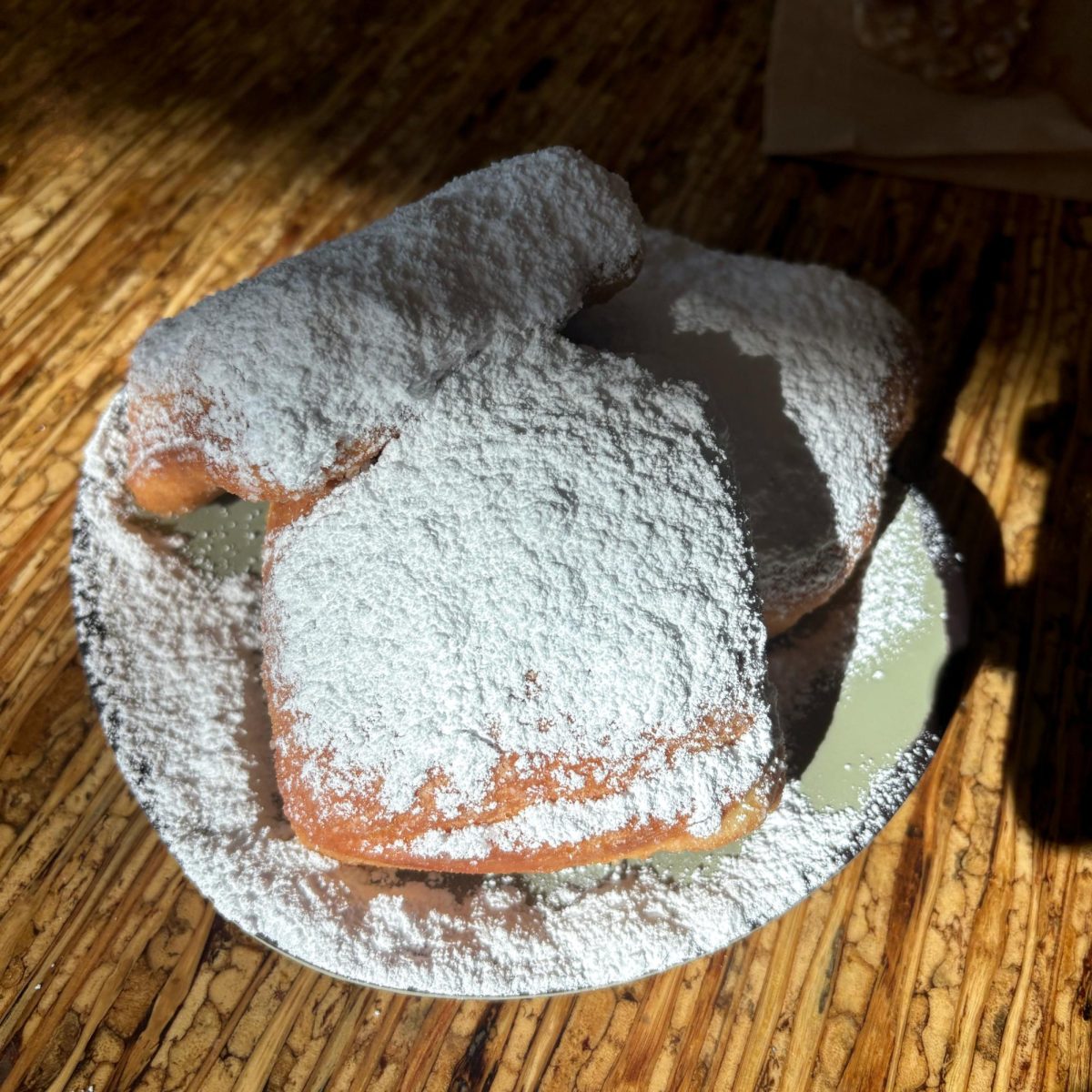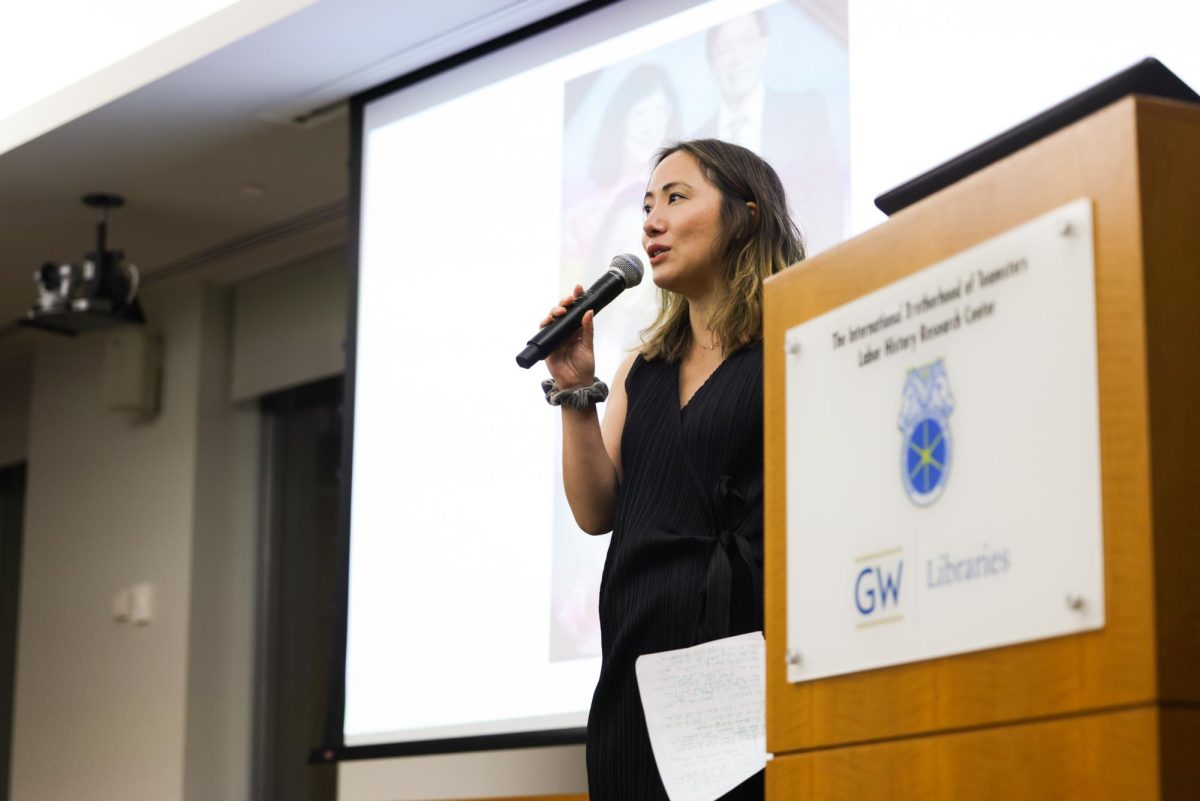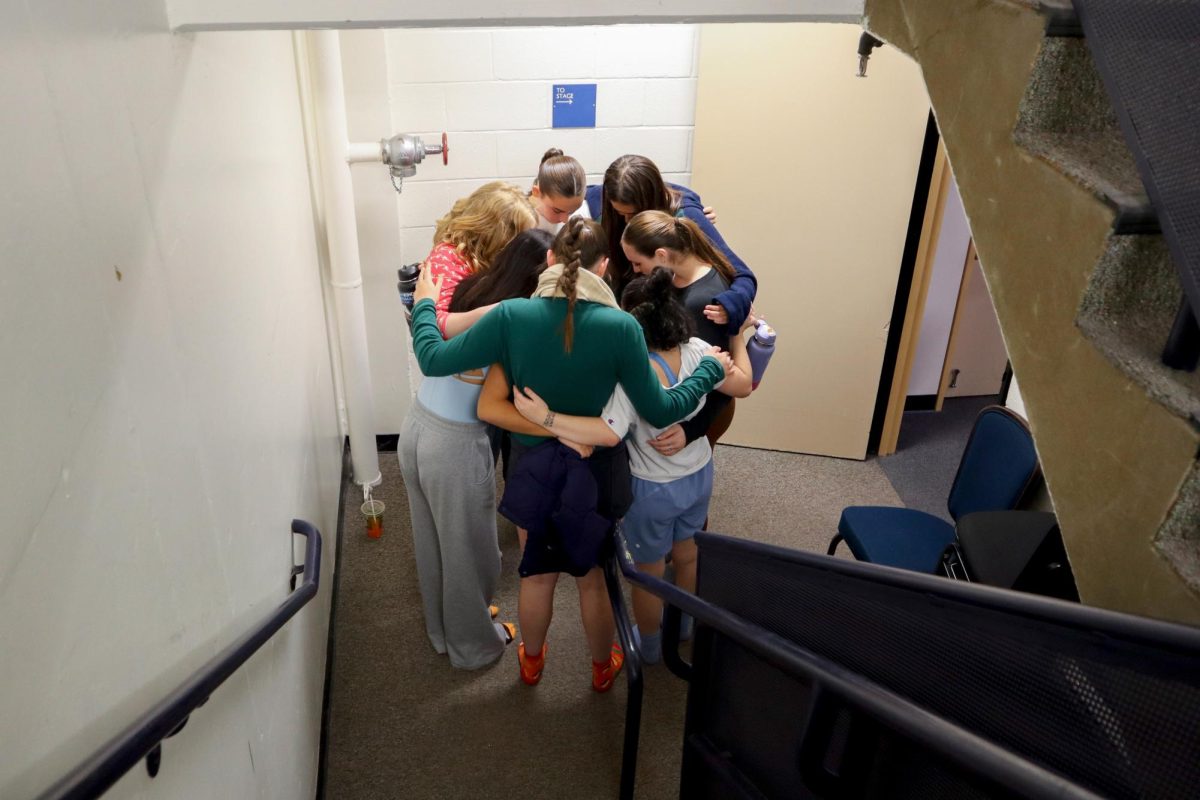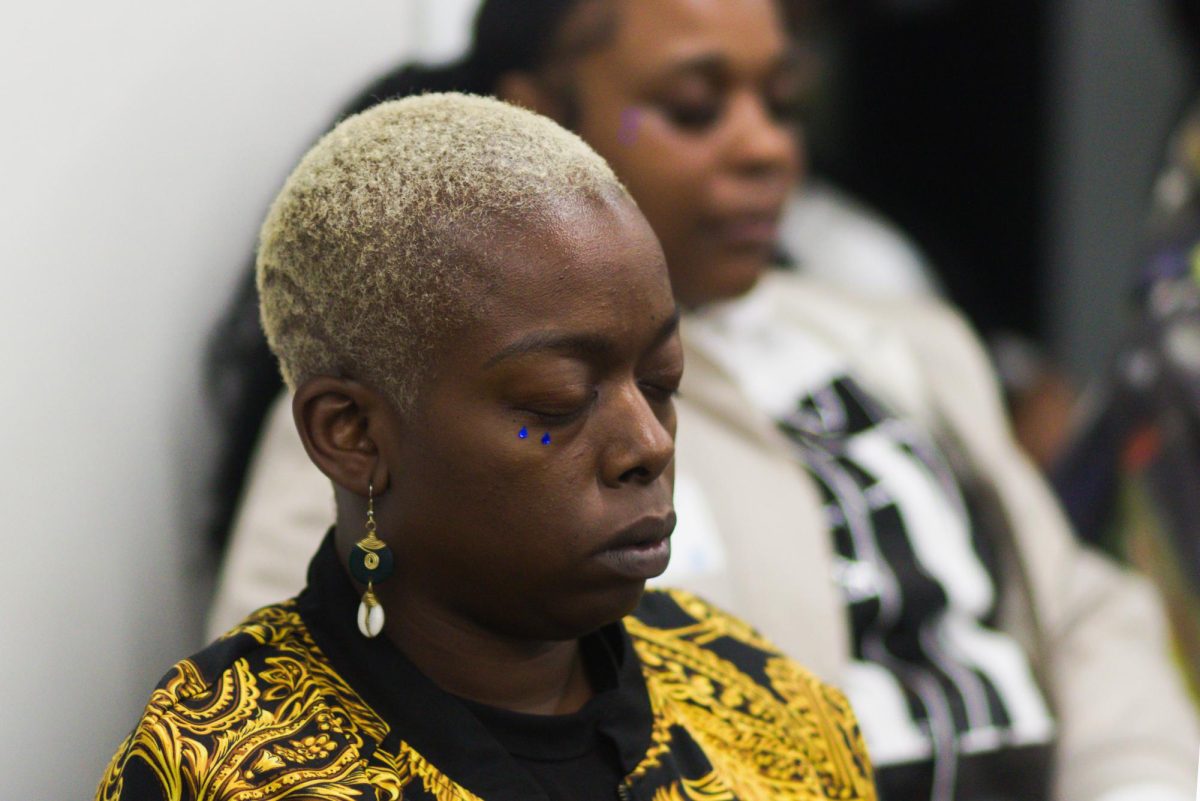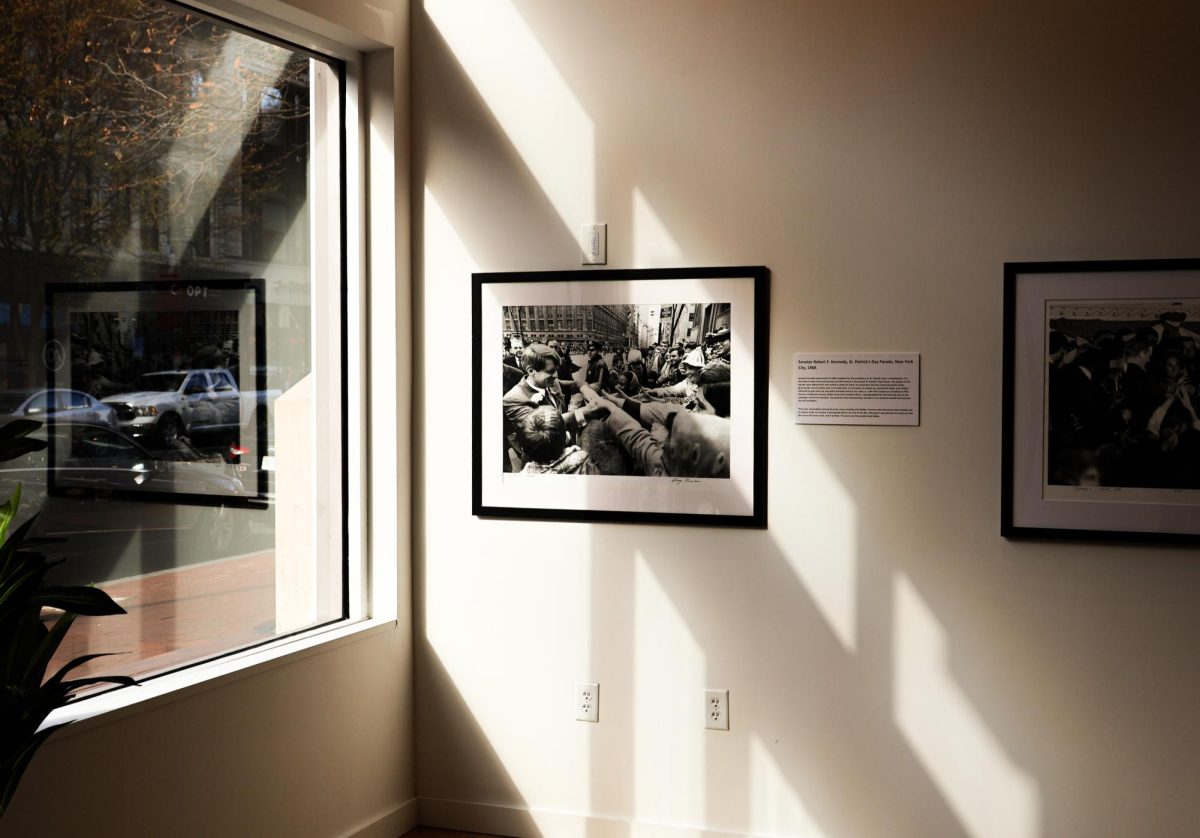Tourists count down the days until cherry blossom season every year, but their vacation dates are changing as the trees adapt to warmer winter weather.
Cherry blossoms are expected to bloom between March 27 and 30 this year, about four days earlier than the anticipated date last year. Three environmental science professors said relatively warmer winters like this year’s are causing cherry blossoms to bloom earlier each year, and recent flooding in the tidal basin – where cherry blossom trees are mostly planted – could harm the trees’ roots in the future.
The National Park Service reported that the trees’ green buds were visible by Feb. 28 this year, while they were first visible March 5 last year and Feb. 25 the year prior. The florets – when the green buds extend and begin to open up – became visible March 3 this year, compared to March 17 last year.
“Extraordinary warm or cool temperatures have resulted in peak bloom as early as March 15 (1990) and as late as April 18 (1958),” the NPA website states.
Keryn Gedan, an assistant professor of biology, said warming temperatures have caused the pink okame cherry blossoms to pop up earlier than usual. The warmest years on record in D.C. have occurred in the last decade, which she said is a signal of climate change.
The 2010s marked D.C.’s hottest decade so far, The Washington Post reported. The weather reached a record high 60.8 degrees in 2017, compared to an average winter temperature of 43.2 degrees this past year.
“Most species of plants integrate those signals to decide when to flower,” she said. “I’m not sure how much information the cherry trees are taking from light availability which is constant over time verses that temperature cue, which has obviously been very different this year.”
Gedan, who researches sea level rise and its effect on the tidal basin, said the basin has been flooding more recently, which could get in the way of tourists’ walking routes around the cherry blossoms. She said mixing saltwater from the basin with the trees’ roots could also negatively impact the plants because they have not adapted to saltwater conditions.
The National Trust for Historic Preservation launched a “Save the Tidal Basin” campaign to raise money for preserving the man-made reservoir. The narrow walkway around the water has led tourists to step on the trees’ roots, and the basin itself has flooded at high tide twice per day, The Post reported last April.
“I’m really interested to see the effects of sea-level rise on the cherry blossom trees around the tidal basin, which is the main focus of the festival and the tourism events,” Gedan said.
More than 50 events are planned for the Cherry Blossom Festival this year, which is scheduled from March 20 through April 12.
Stephen MacAvoy, the departmental chair of environmental science at American University, said that although he cannot link D.C.’s warm winter this season to the issue of climate change, the early blooming of the cherry trees is tied to increasingly warm winter.
“What we can say is that the area is warming regionally and the plants are certainly showing the effects of that,” MacAvoy said. “For example, two years ago it was actually a little bit warmer and the trees actually ended up blooming earlier than they will this year.”
MacAvoy added that early cherry trees blooming can indicate other changes for animal migration and plant blooming. He said birds may struggle to adjust their migratory patterns if weather patterns continue to change, which can upset the food cycle in the future.
“We don’t really know what is going to happen, and that’s what makes biologists nervous,” MacAvoy said.
Amy Zanne, an associate professor of biology, said that while warm weather is causing cherry blossoms to bloom early, a cold snap in the coming months could cause less flowering later in the season.
“We’ve seen that in past years before, where we’ve had early warming but then a big cold snap which destroys a bunch of the cherry blossoms,” Zanne said.
Zanne said the varying weather has a large impact on tourism and events around the Cherry Blossom Festival. She said tourists may not be able to accurately plan their trip around peak bloom, adding that some trees may bloom later than others depending on how they adapt to the weather changes.
“Obviously the draw is for people to come see the cherries so with variable weather if cherry blossoms are not flowering people will come to see it less reliably,” Zanne said.
Representatives from the Cherry Blossom Festival did not return a request for comment.



